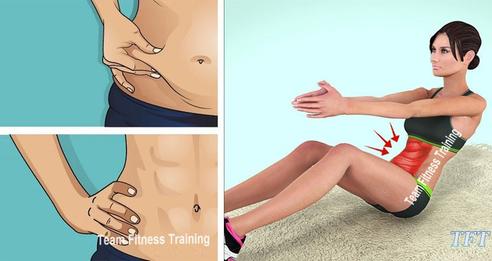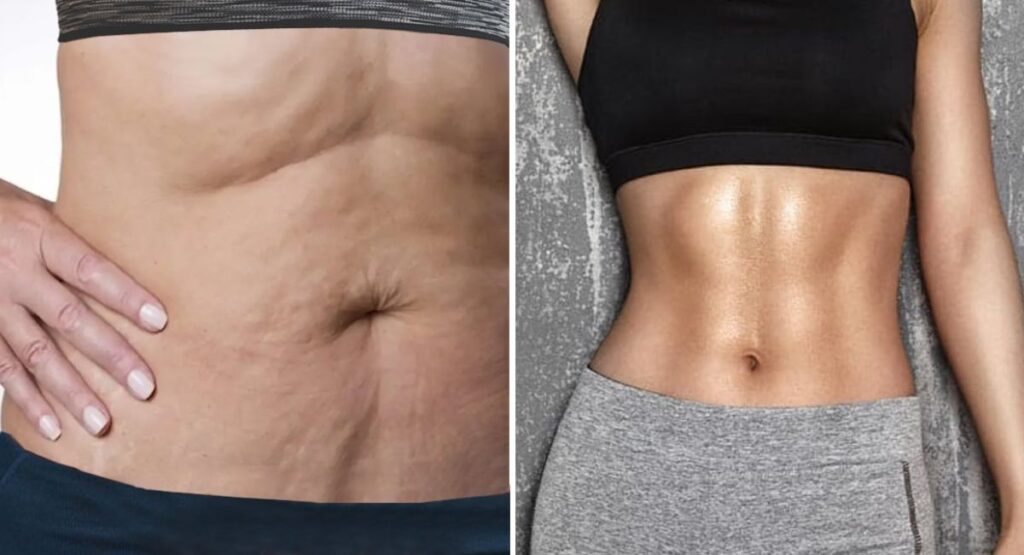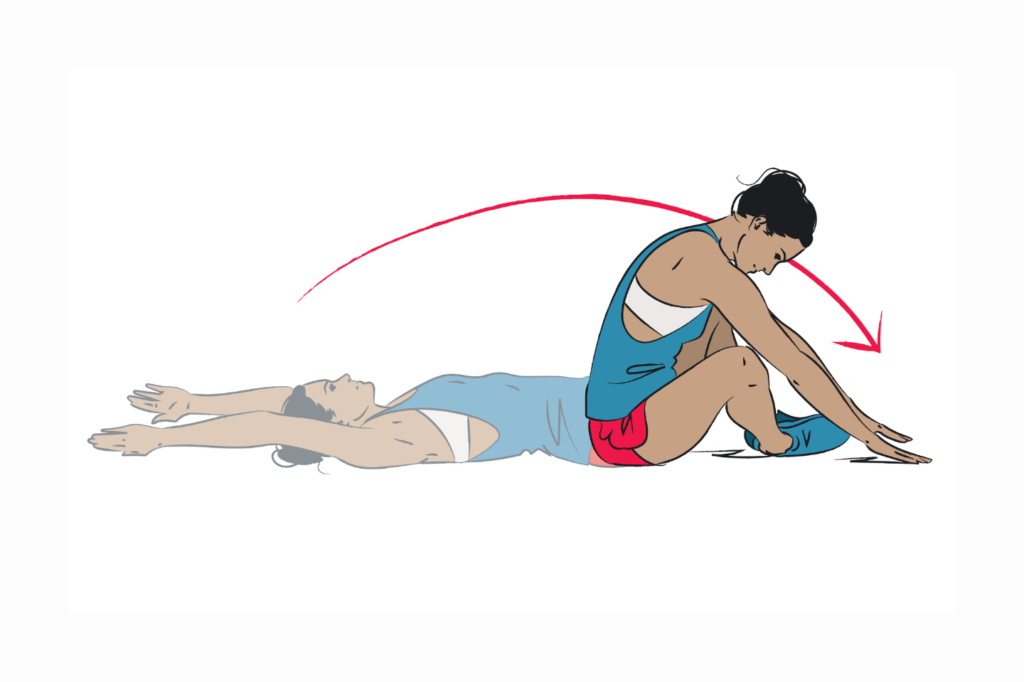Each person has different movements, stretches and postures that are optimal for their condition, all with a common result: to feel better, sleep easier and, obviously, gain flexibility.
Everyone knows that stretching is good for you. But what exactly does it do? It relieves stiff muscles, relieves tension throughout the body and helps you exercise without causing any damage to the body.
Well, it sounds like the best thing, doesn’t it? Then all you have to do is try these 12 best yoga exercises to stretch your body do them regularly to become more flexible. They will surely make your life better.
Before that, let’s find out the importance of yoga to stretch.
1.- Mountain Pose (“Tadasana”)

This posture is relatively simple but necessary to “warm up” before starting with the postures and stretches that will follow.
How to do it? Stand with your feet together and eyes closed. If you feel a little stiff, spread your legs a little apart. Let your arms rest at your sides with your fingers together.
2.- Child’s pose (“Balasana”)

This pose is a basic relaxation posture. We can remain in this posture for several minutes as long as our body does not feel uncomfortable.
How is it done? Get on your knees with your instep facing the floor and your feet together. Keeping your knees apart (not too much) rest your abdomen and chest on the space resulting from the separation of both knees. Rest your head on the floor and stretch your arms forward (if your head does not comfortably reach the floor, you can use a brick, book or pillow for support).
3.- Downward Facing Dog Pose (“Adho Mukha Svanasana”)

If you are a beginner and you find it difficult to maintain the posture, increase your separation between feet and hands to reduce the difficulty.
How to do it? With your feet waist-width apart, bend your body forward and press your palms against the floor (waist up). Your hands should be shoulder-width apart, and your back, arms and shoulders aligned. At any time, when we feel tired, we can alternate this posture with the child’s posture to regain strength. As soon as we feel able again, we can return to the dog posture.
4.- Forward bend with legs apart (“Ardha Uttanasana”)

This pose helps to improve the flexibility of our inner thighs and hamstrings.
How is it done? Stand with your feet shoulder-width apart. Bend your body forward at the waist while keeping your back straight. Place your hands on the floor and hold the posture for 5-10 breaths. If you can’t reach the floor, put some bricks or something to lean on, to make it easier for your back to stay straight.
5.- Thread The Needle Pose

This posture is ideal for beginners (especially those with more rigidity). For more comfort we can place a cushion behind the neck but it is not necessary.
How to do it? Lie on your back and raise your knees until your thighs are at a right angle to the floor. Cross your right ankle over your left thigh. Interlace your fingers behind your left knee and pull your left leg toward you. This will stretch your right buttock and left hip. Once the stretch is complete, alternate legs and repeat the exercise again.
6.- Bridge Pose (“Setu Bandha Sarvangasana”)

As with the chair posture, we can alternate this posture with our breathing to rest, or hold the posture during all the breaths (if you are able to do so without causing discomfort). This energizing posture opens the front of the body (hip, chest and abdomen).
How is it done? Lie on the floor (back facing down) and bend your knees, keeping the soles of your feet flat on the floor, knees pointing to the ceiling, and arms parallel to your body. Put pressure on the floor with your arms, keeping your feet on the floor, and separate your hips from the floor while opening your chest.
7.- Locust Pose (“Salabhasana”)

This back stretch is easy to do for beginners (even though it looks quite complicated). It is an exercise that consumes energy but also strengthens all the muscles of the back. This stretch is ideal for improving posture, and for people with poor lower back musculature.
How is it done? Lie on your belly and inhale as you try to lift everything off the floor (arms, legs and chest). Concentrate on keeping your neck stretched keeping your head as far away from your chest as possible.
8.- Camel pose

Muscles highlighted: Rectus Abdominus and External Obliques. These stretch is best reserved for people who have good flexibility already. Sit on your heels and place your hands behind you as you push your hips up and forward. Avoiding putting too much pressure on your lumbar spine. If you’ve neck problems don’t drop your head back.
9.- Legs on the wall posture (“Viparita Karani”)

After a long day of work, lying in this posture for 5-10 minutes will make you feel like a new person. In addition, the exercise improves circulation.
How is it done? Lie on the floor (back down) with your buttocks and legs (straight) against the wall. If necessary, we can put a cushion under the lower back for extra support.


